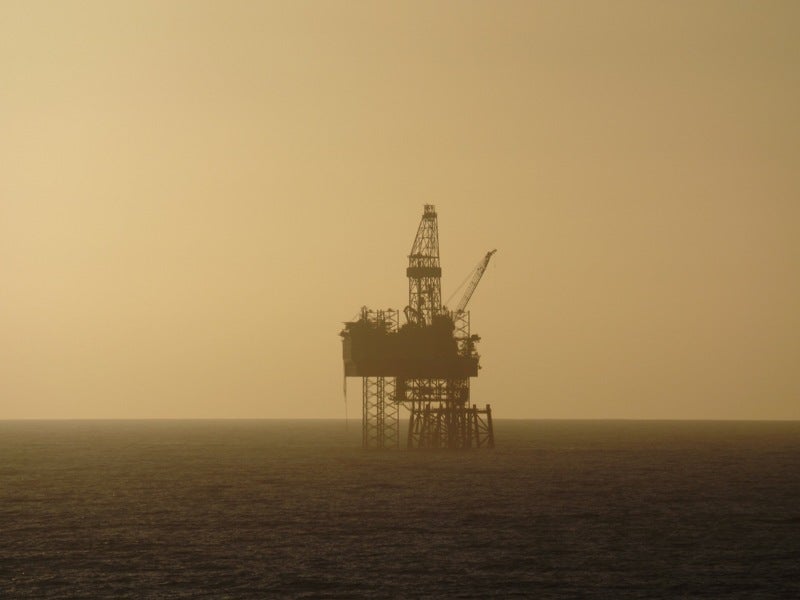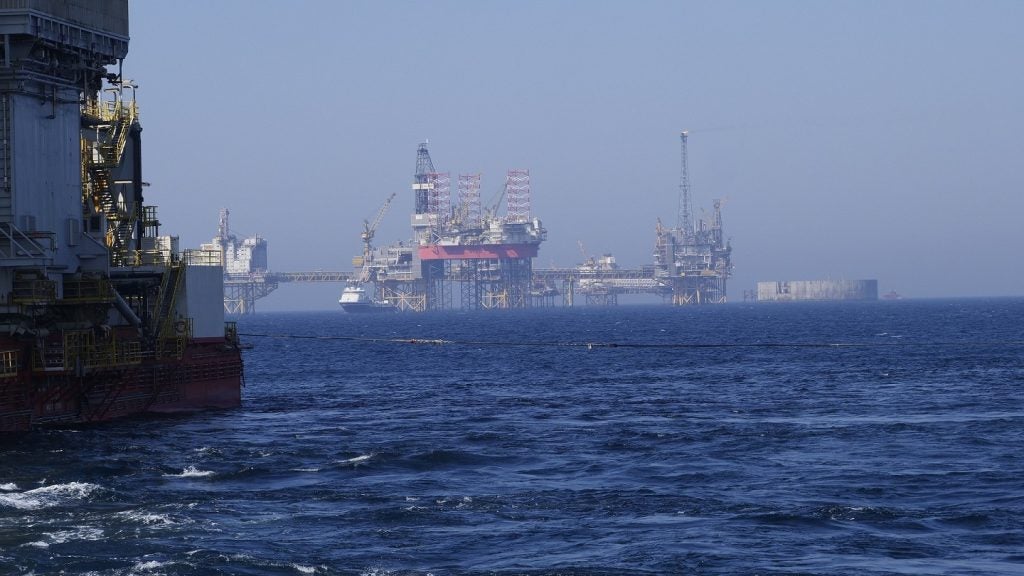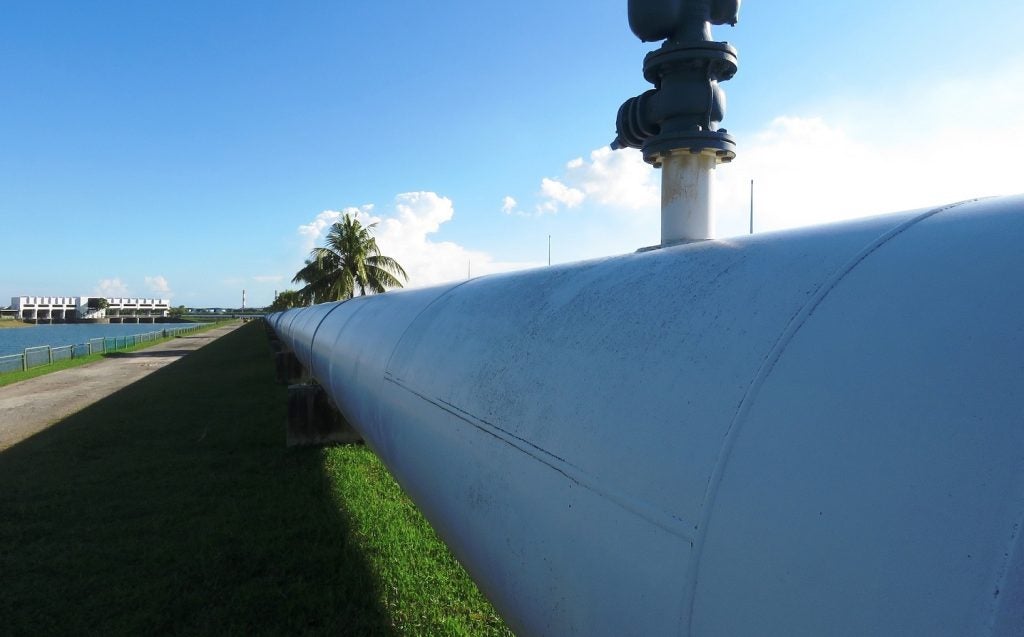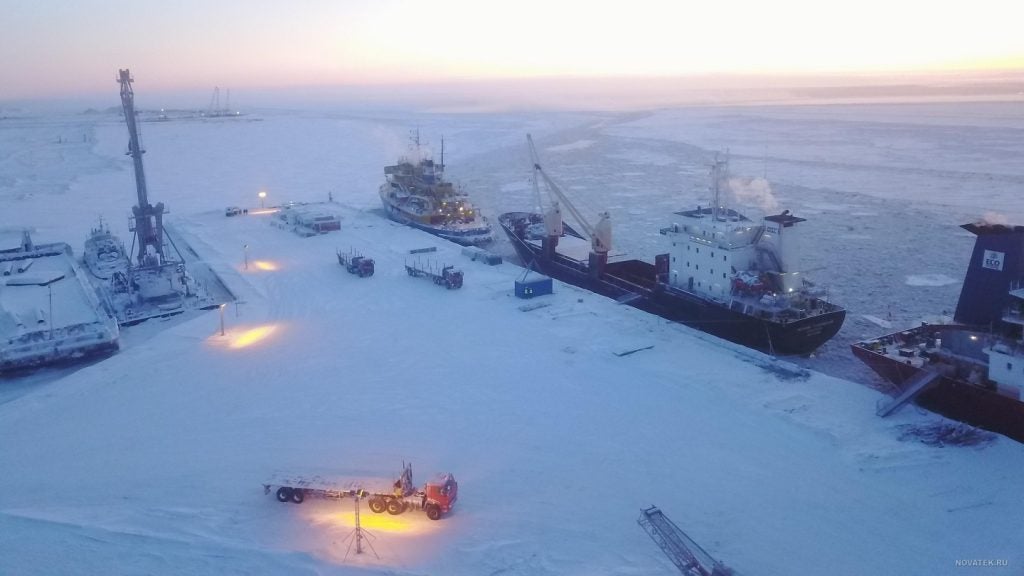British oil giant BP has started production from the Seagull oil and gas field in the North Sea. The field has been developed by Neptune Energy as a subsea tieback to the BP-operated central processing facility of ETAP in the central North Sea.
The ETAP is located 140 miles east of Aberdeen and Seagull is the first tieback to it in 20 years. The two developments are connected by a three-mile subsea pipeline which connects to an existing pipeline system. A new ten-mile umbilical has also been installed that connects the central processing facility of ETAP to the Seagull field.
Oil from the field is exported through the Forties Pipeline System to Grangemouth in central Scotland and gas to Teeside via the Central Area Transmission System. At peak production, the field is expected to produce around 50,000 barrels of oil per day.
Doris Reiter, senior vice-president of BP North Sea, said: “BP has been safely operating in the North Sea for nearly 60 years, delivering a reliable flow of energy, supporting thousands of jobs and a world-class supply chain. We plan to keep doing this by investing in our existing oil and gas infrastructure, like at ETAP, which has been a cornerstone of our North Sea portfolio for a quarter of a century.
“A key focus for BP in the North Sea is to identify projects which can be developed efficiently using existing infrastructure. Seagull is a great example of this,” she added.
Neptune Energy holds a 35% stake in Seagull and is responsible for the development phase, drilling wells and installing subsea equipment. BP holds 50% and is responsible for the production phase and JAPEX owns the remaining 15%.
BP’s announcement came at a time of rising oil prices on Monday. After Brent futures lost around 6% in the week to 3 November, Brent crude futures rose 1.21% to $85.92 a barrel on Monday morning, owing to Saudi Arabia and Russia’s announcement on Sunday that they remain committed to extra voluntary supply cuts until the end of the year.
Last week, the World Bank also warned that should the Israel/Hamas war broaden into a regional Middle East conflict, oil prices could reach $150 per barrel in 2024. As war in Ukraine continues, this adds to concerns over high global energy prices as supplies are constrained on two fronts.














